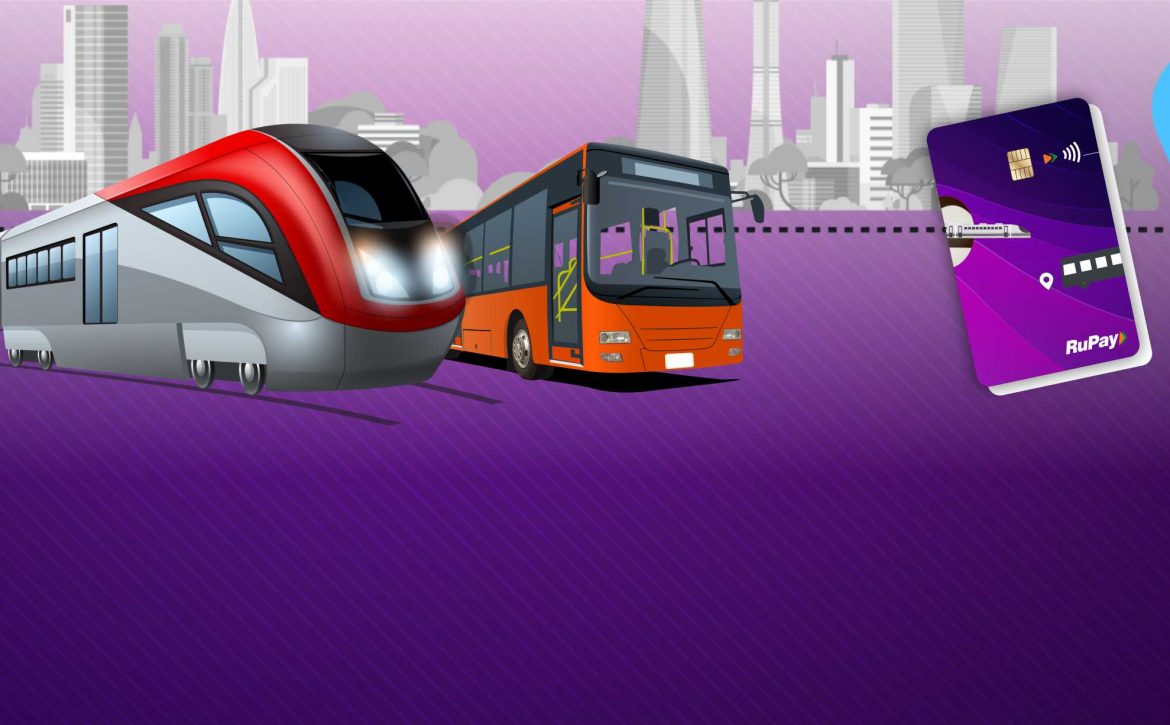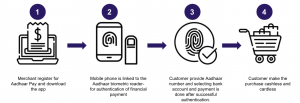Revolutionising Transit within India: Pure NCMC Cards for Effortless Mobility
In India, where millions rely on public transportation for their daily commute, the introduction of the Pure National Common Mobility Card (NCMC) is a game-changer. The Pure NCMC are PPIs for usage at Mass Transit Systems only. It aims to facilitate seamless travel across metros, trains, buses, auto-rickshaws, and cabs, while also serving as a convenient method for toll and parking payments. This unified card, transcending regional limitations, embodies the concept of “One Nation, One Card,” significantly simplifying the travel process and enhancing efficiency for countless commuters nationwide.
Streamlining Travel Payments with Stand-alone NCMC Cards:

- Seamless Integration: NCMC Cards seamlessly integrate with metro, buses, rail, and waterways, offering commuters a hassle-free payment experience.
- Versatile Usage: Extend NCMC Cards to toll payments and parking fees, streamlining the entire travel payment process without the need for multiple cards or cash.
- KYC Exemption: NCMC Cards can be issued without the need for Know Your Customer (KYC) verification, accelerating the card issuance process.
- Reloadable and Perpetual Validity: NCMC Cards can be reloaded multiple times, with maximum card balance of INR 3000 at any point of time.. This ensures that commuters always have sufficient balance, with perpetual validity for uninterrupted access to funds.
- Transaction Restrictions: NCMC Cards restrict cash withdrawals, refunds, or funds transfers, ensuring they are solely used for travel-related purposes (specified Merchant Category Codes), and preventing misuse.
- Interoperability: NCMC cards are interoperable across different transit systems, enhancing convenience for users.
Effortless Payment Process with Pure NCMC Cards
NCMC cards run on the prepaid card rails of NPCI. They can be loaded electronically or by paying cash at designated counters. Payment with Pure NCMC cards is straightforward. Commuters tap or swipe the card at designated readers upon entry and exit for metros, buses, auto-rickshaws, or cabs. Fare deductions are automatic, eliminating the need for cash or multiple tickets. Similarly, for toll and parking payments, users tap or swipe their Pure NCMC card at respective terminals, streamlining transactions.
Transforming Travel with Pure NCMC Cards
Pure NCMC Cards are transforming travel in India, offering a seamless, efficient, and secure payment solution for commuters. As India moves towards a digital-first economy, the widespread adoption of NCMC Cards promises to usher in a new era of convenience and accessibility in travel payments, benefiting millions of commuters across the country.
At CARD91, we offer a flexible, robust, and scalable card issuance platform, collaborating with Banks, NBFCs, Fintechs, and enterprises to launch new-age card programs quickly. Our platform is ready to provide Pure NCMC cards, NCMC wallets in GPR cards, and NCMC through Credit cards, ensuring innovation and efficiency in digital payments.
{ Source: https://m.rbi.org.in/Scripts/BS_ViewMasDirections.aspx?id=12156 }
Authored by Astha Bishnoi, Manager – Partnership & Sales at CARD91







